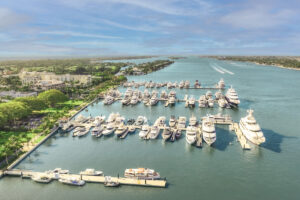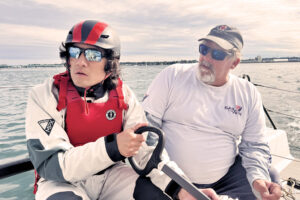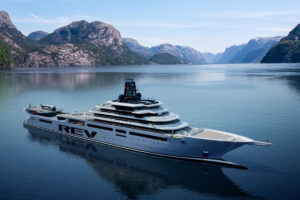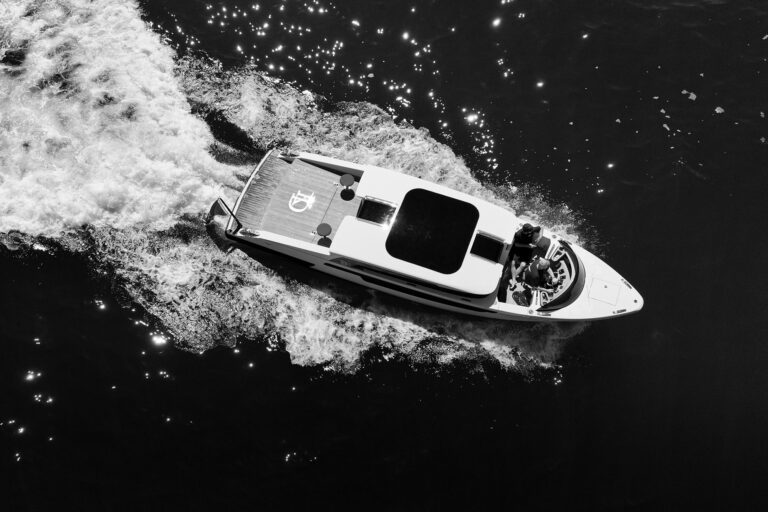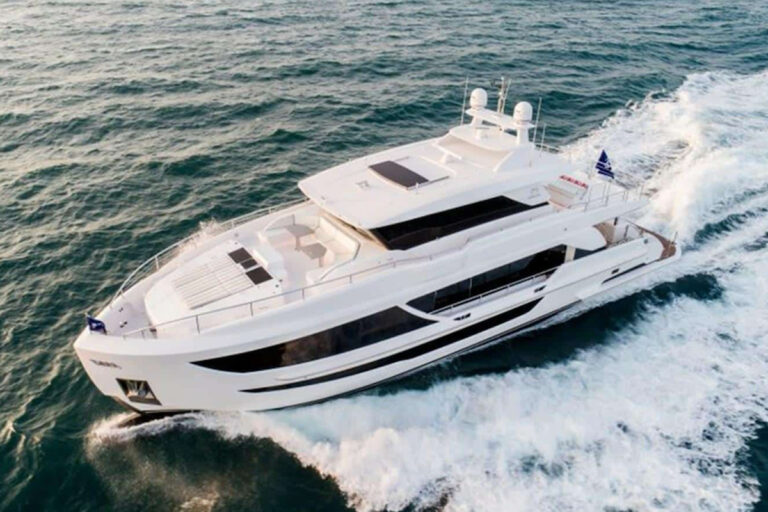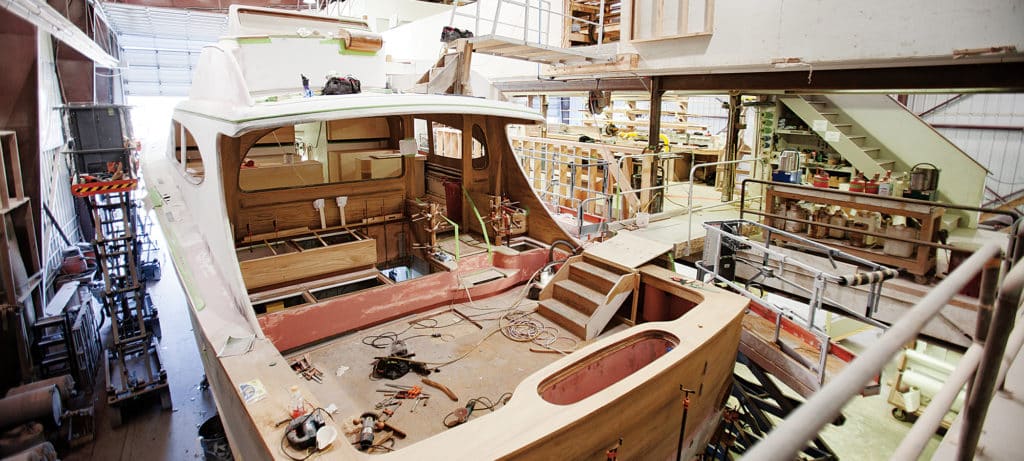
North Carolina’s Outer Banks juts into the Atlantic like the mandible of a beast, hell-bent on inflicting pain.
Regardless, more than 50 years ago, an accomplished generation of sport fishermen surged out of Oregon Inlet with no fear of the conditions beyond safe harbor.
These seafarers were educated in the field. Some took what they learned and set up shipyards amid the marshlands off Pamlico Sound, creating a supercluster of Carolina boatbuilders.
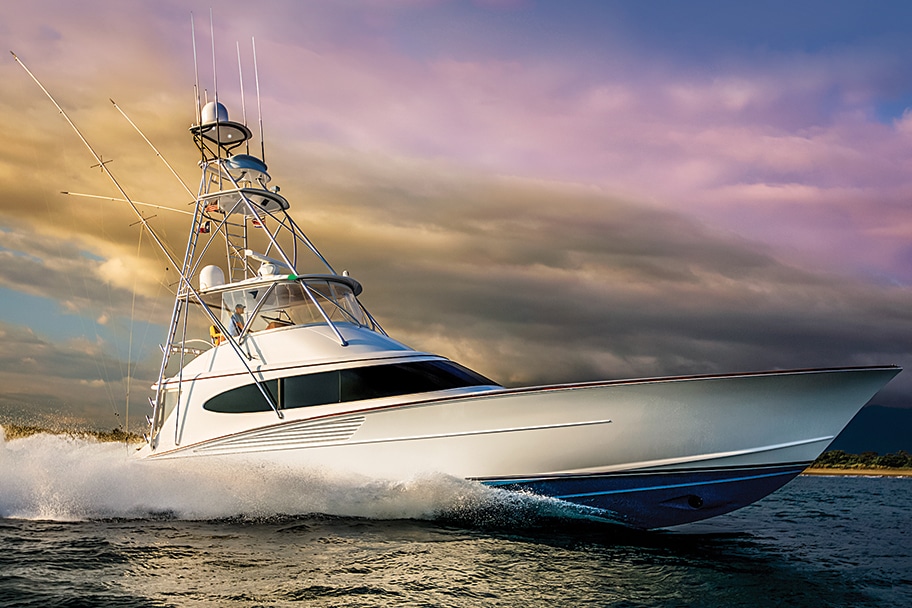
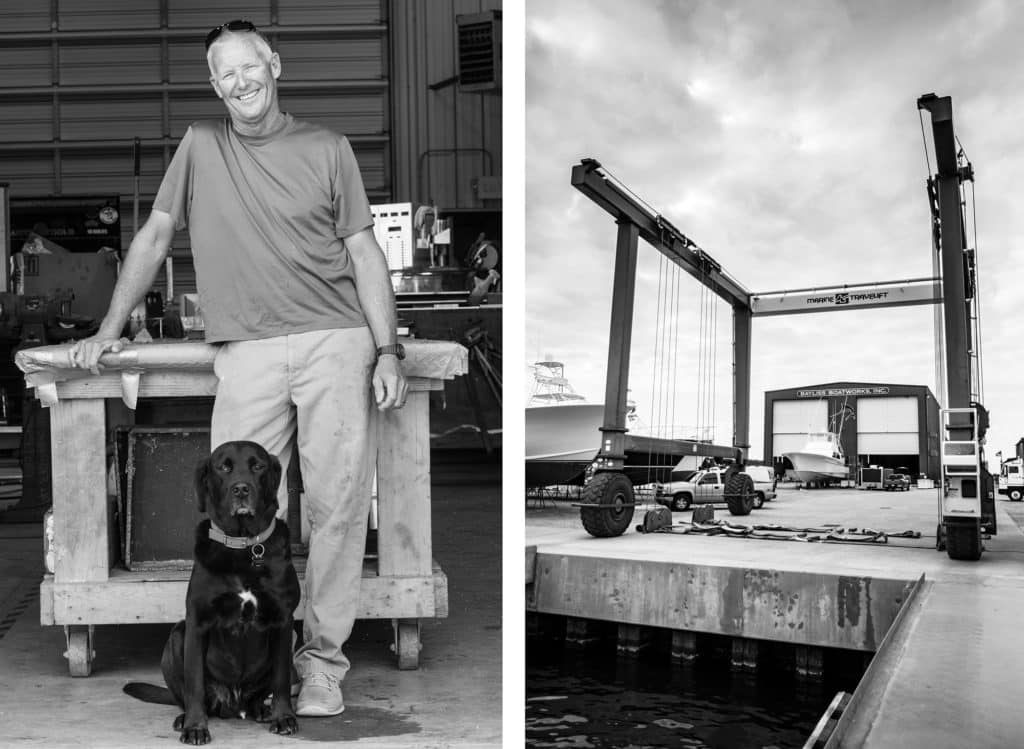
POINT OF DEPARTURE
John Bayliss cut his teeth among these men, first as a mate and later as a captain running his own charter boat. He answered the bell when Hatteras came calling in the late 1990s, serving as skipper of its venerable company boat, Hatterascal. The joy of hard work kept him engaged, and the on-the-job training would prove quite useful. “Hatteras exposed me to different things — extensive travel, meeting clients. I was getting all of this information that would serve me well before I knew I’d be boatbuilding,” Bayliss says.
The excitement of the Hatterascal gig and fishing in far-flung Atlantic and Caribbean locales had its drawbacks: Bayliss was away from his young family for 200-plus days a year. However, the experience also built within him deep knowledge as a seaman and — via his own astute observations and late-night conversations over Kaliks with other captains — brought him back home to hang a shingle on his own boatbuilding facility.
It makes sense that Wanchese is a hotbed of custom sport-fisher boatbuilding. Many historians have noted that it was the first known Outer Banks fishing village, dating to 900 A.D. Native Americans used to head out on Roanoke Sound (in more modest craft) to catch their dinner.
A former client had floated an idea about building a vessel before Bayliss purchased the property that became Bayliss Boatworks. Bayliss convinced the owner to work with Paul Spencer, with himself as a consultant. “I did a lot of the grunt work and labor on that first build,” Bayliss recalls. And it was a success. Still, the battlewagons that Bayliss envisioned were something different. “I had these ideas,” he says, “but nothing was built, nothing was proven.” Not one to shy from a challenge, he finished his own facility and secured clients for his own vessels. When his first building was completed in April 2002, Bayliss already had four boats to build.
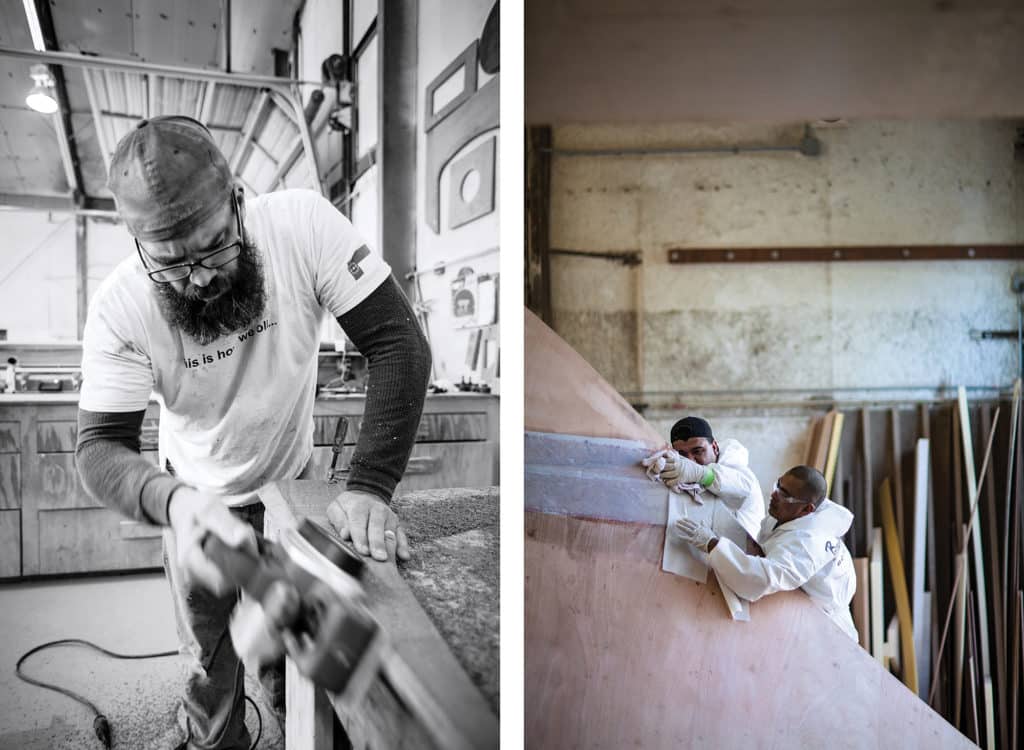
THE YARD: SET UP FOR SUCCESS
Bayliss Boatworks’ six-acre campus is in Wanchese, North Carolina, on the southern end of Roanoke Island. The builder has a dedicated staff of more than 80 craftsmen who do almost all of what is needed to build a Bayliss custom sport-fisherman: digital fabrication on CNC routers, paint work in a 45-foot-tall spray booth and creating custom aluminum and stainless-steel parts in the metal shop. Bayliss is also known for its exquisite interiors of grain-matched hardwoods — all of which are completed in-house at its 4,000-square-foot woodworking studio. These facilities are impressive, but none more than the boatbuilder’s four construction bays. Three are dedicated to new construction, and one is earmarked for service work (Bayliss Boatworks is also a first-rate, well-stocked service and refit yard) for vessels up to 90 feet length overall. Mezzanines allow for the builder’s crew to work on three levels at once, further increasing efficiency. “We’re set up pretty well for a number of reasons,” Bayliss says.
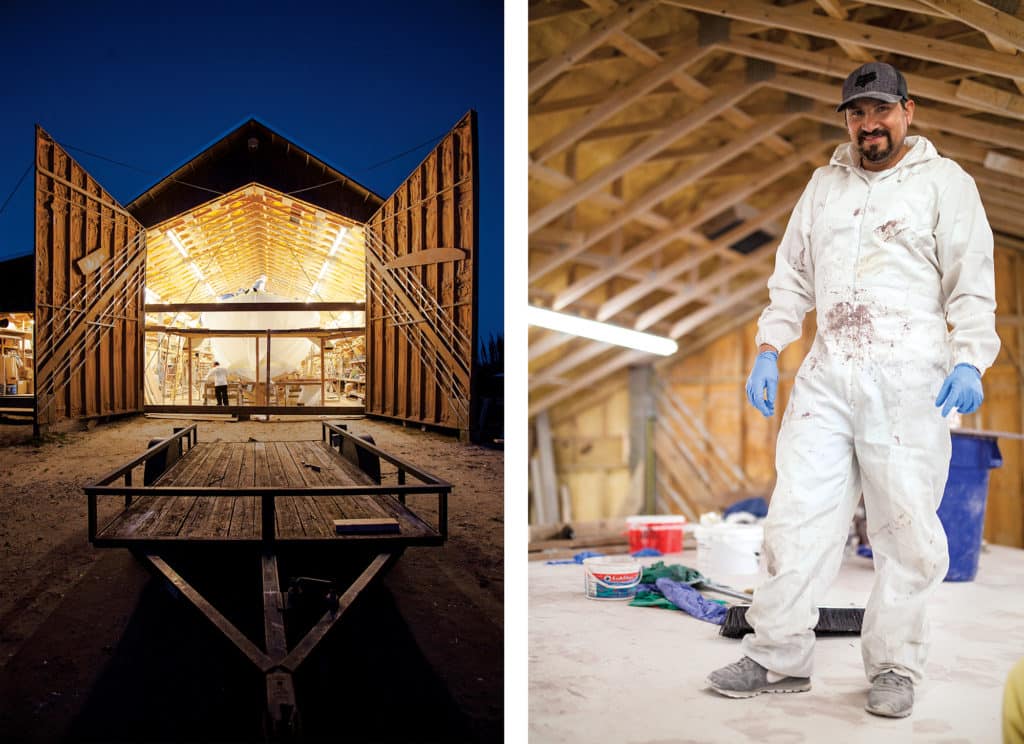
BREAKING THE MOLD
The first hull built at the new facility was the 60-foot Uno Mas. Like all of Bayliss’ subsequent yachts and many of his Carolina peers’ custom builds, her hull is cold-molded, with diagonally planked layers of okoume plywood followed by fiberglass and epoxy. “I have 100 percent confidence in cold-molded boats. It’s not the fastest way to build, but it’s the best,” he says.
Nonetheless, his confidence was tested, as his design was a departure from those of his local peers. Bayliss’ vessels have less flare, with a softly broken sheer line and transom tumblehome — Bayliss calls them a cross between a South Florida convertible and traditional Carolina sport-fisherman.
There were a lot of sleepless nights early on, but, dedicated to his vision, he finished the project. “Failure was not an option,” he recalls. Nearing completion, the builder had her pulled out of the shop. When he saw her in the sunlight, he knew he had a winner.
Currently, five boats are in production including Hull No. 1 of the 60-foot Bayliss GameBoat (top center, page tk). The sport-fisherman is 60 feet length overall with a 17-foot-8-inch beam. Twin 1,600 hp MTUs will power her. Two interior and two flybridge options are available. Like all Bayliss models, she’ll be cold-molded — a construction process that ensures a soft, smooth and exceptionally quiet ride.
Since she launched in July 2003, Uno Mas has consistently raised fish and placed in tournaments. Bayliss shares the opinion that a cold-molded boat will catch more fish, as the wooden hull dampens noise and minimizes vibration. Uno Mas has also raised hell: Twin 1,650 hp Cat C32s propel her to a top-end of 44 knots and a 38-knot fast cruise.
To date, Bayliss has launched 20 boats ranging from 30 feet to the 90-foot, 5,200 hp, 38-knot Singularis.

